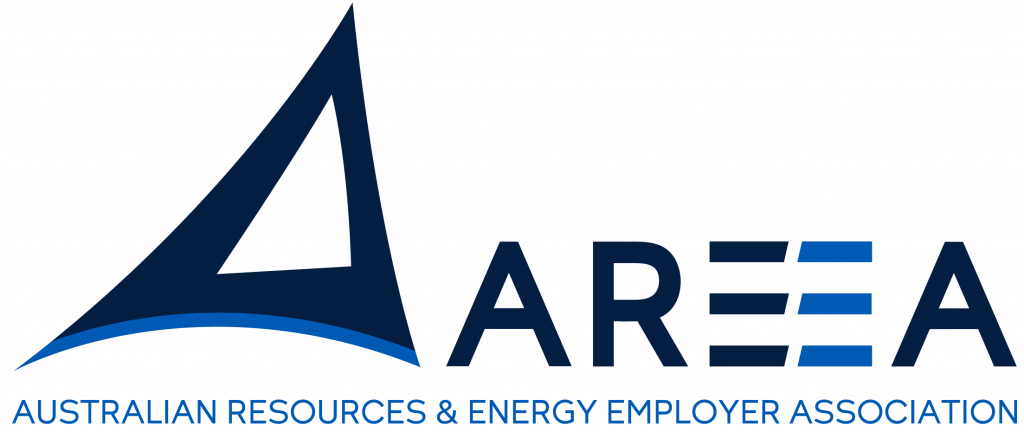ADVANCES in floating LNG technology could see access granted to small, remote or environmentally sensitive gas fields around the world, potentially leading to the global placement of up to 22 floating LNG platforms within the next decade.
According to KPMG’s Floating LNG: Revolution and evolution for the gas industry report, global gas extraction is expected to surge by 2019 to 44 million tonnes per year, but challenges in project costs are placing the industry at risk.
“The recent boom in global LNG construction could see global output almost doubling its 2012 level of 250 million tonnes per year by 2030, and 60 million tons per annum (Mtpa) of this is in Australia,” the report said.
“However, developers of onshore projects have become increasingly frustrated with budget blow-outs and slow time to market.
“Construction costs, usually the largest single component, (typically) run at 30% of total project cost, but in Australian projects, this has risen to 50-60%. From 2000 to 2013, average capital costs of liquefaction plants rose from US $300 per tonne per year to $1200.”
“One example, Gorgon, is now estimated to cost AUS $54 billion, up from the original AUS $37 billion, and research firm Douglas Westwood estimated that Australia could miss out on AUS $97 billion (US$85 billion) of LNG investments if it were unable to get costs under control.”
However, with floating LNG projects potentially delivering first gas faster and cheaper, the floating LNG technology may soon emerge as the first choice for gas extraction.
“Floating LNG may offer reduced capital costs, particularly once shipyards have gained experience with construction and standardized solutions are employed,” the report said.
“Onshore construction, marine works and the related high labour costs, in remote or hostile environments, can be minimised, and a simpler supply chain can mean FLNG projects make it to market faster.”
Access to small or remote gas fields, as well as environmentally sensitive fields were also listed as benefits in floating LNG technology.
“Small fields would unlikely be economic if developed through conventional land-based facilities, but large oil-fields producing significant quantities of associated gas are also candidates,” the report said.
“Floating LNG plants do not require long seabed pipelines, dredging for jetties or onshore roads and construction, so they save on fuel gas for compression to send gas to shore.
“After decommissioning, the vessel offers the potential to be relatively easily removed and re-deployed.”
To read the report in full, click here.



